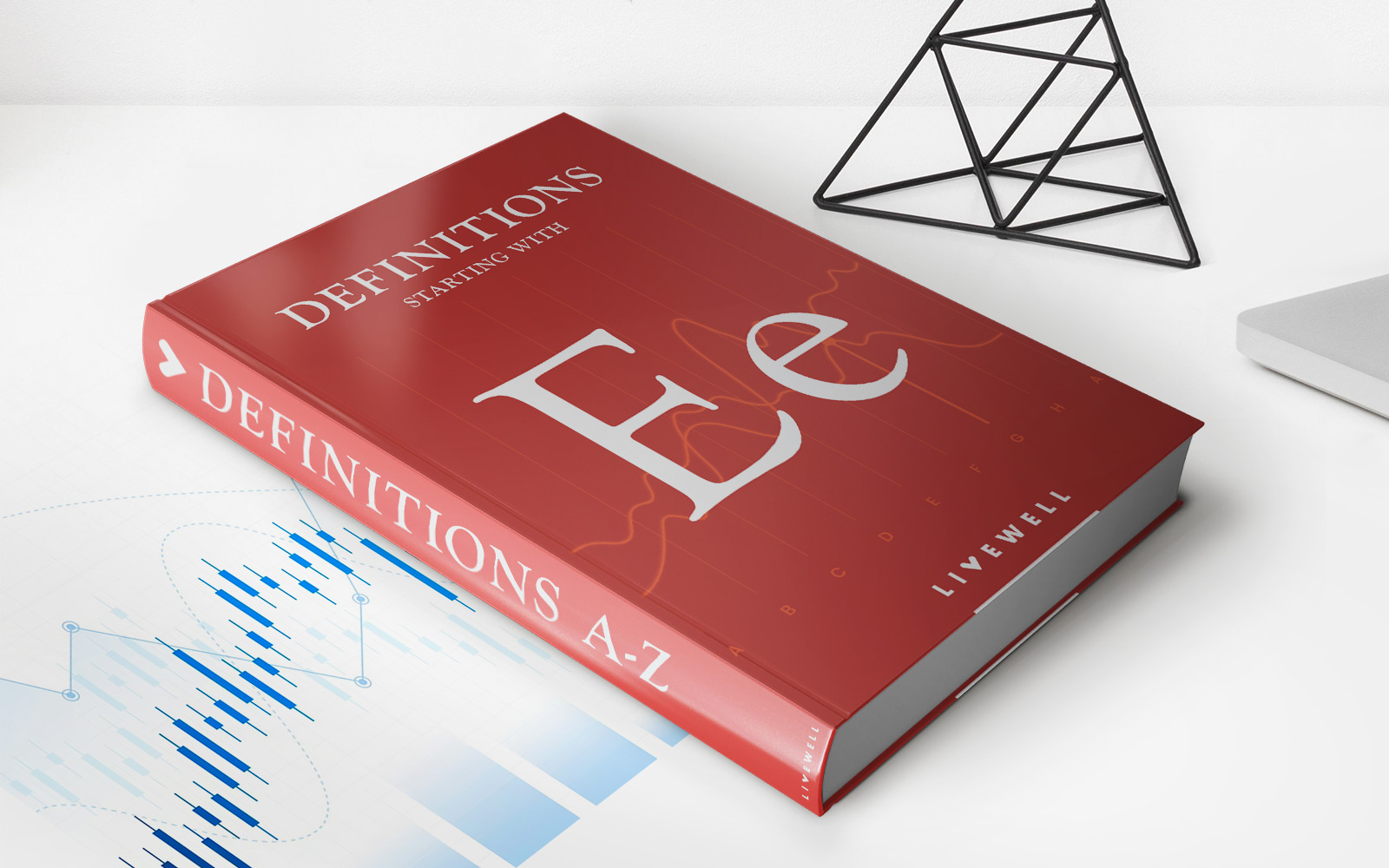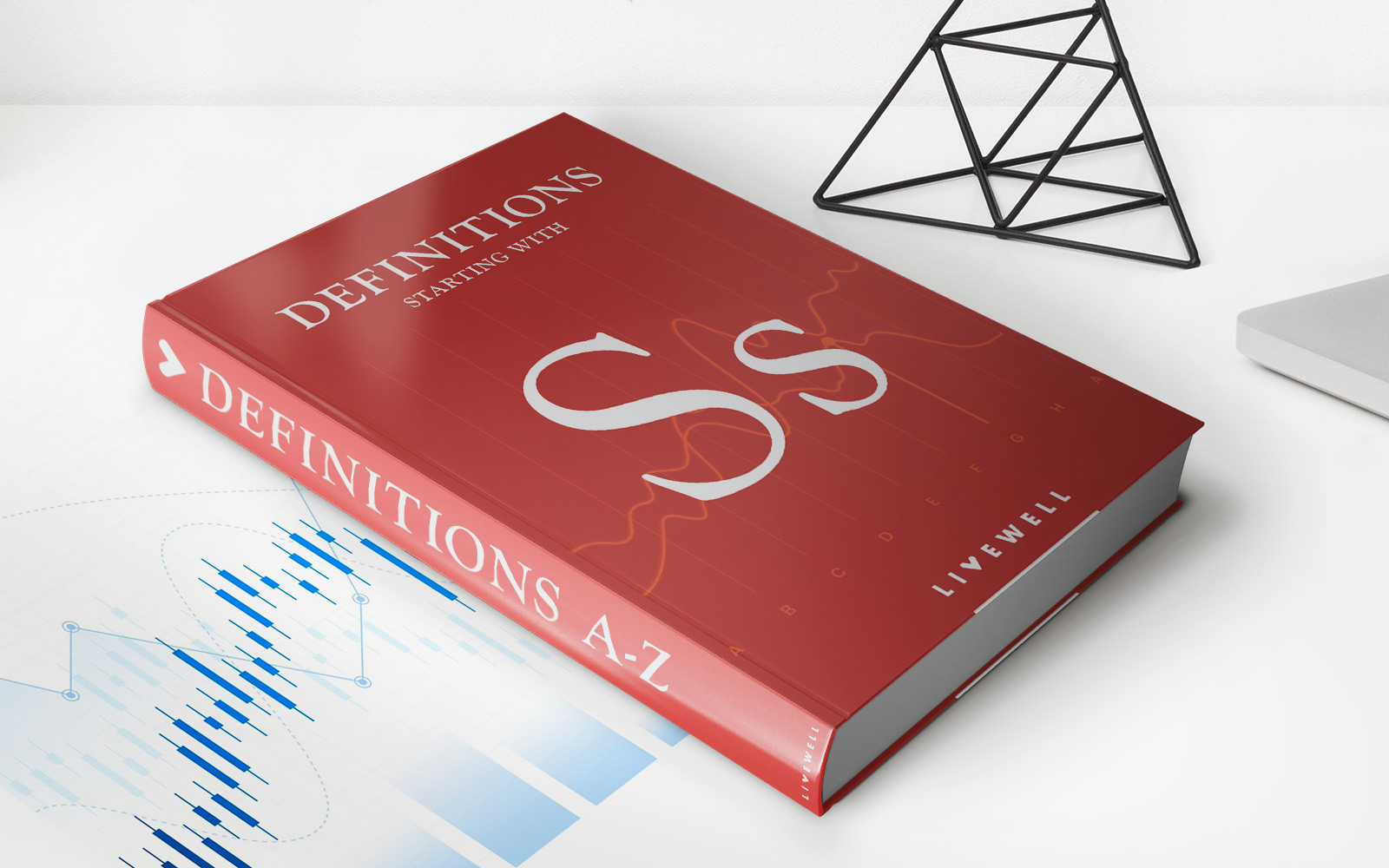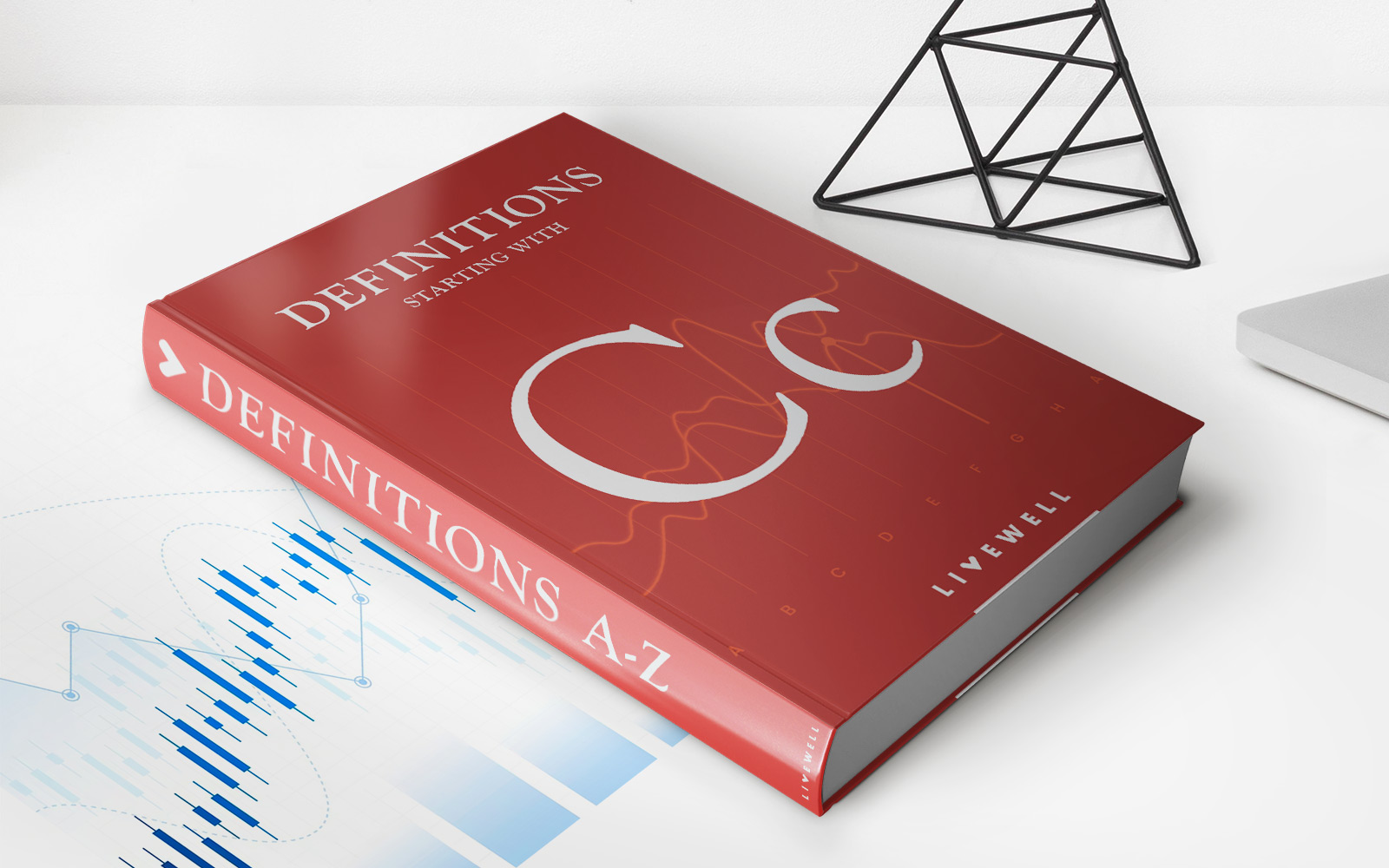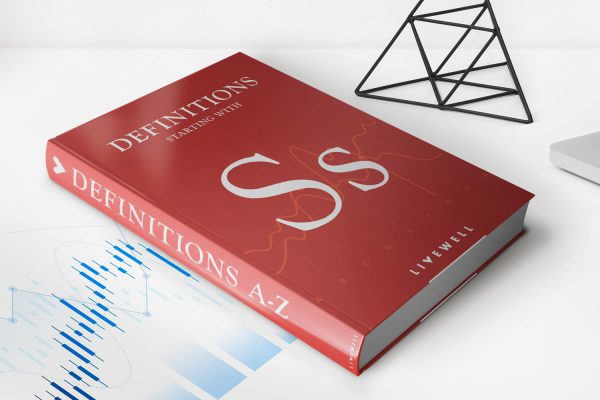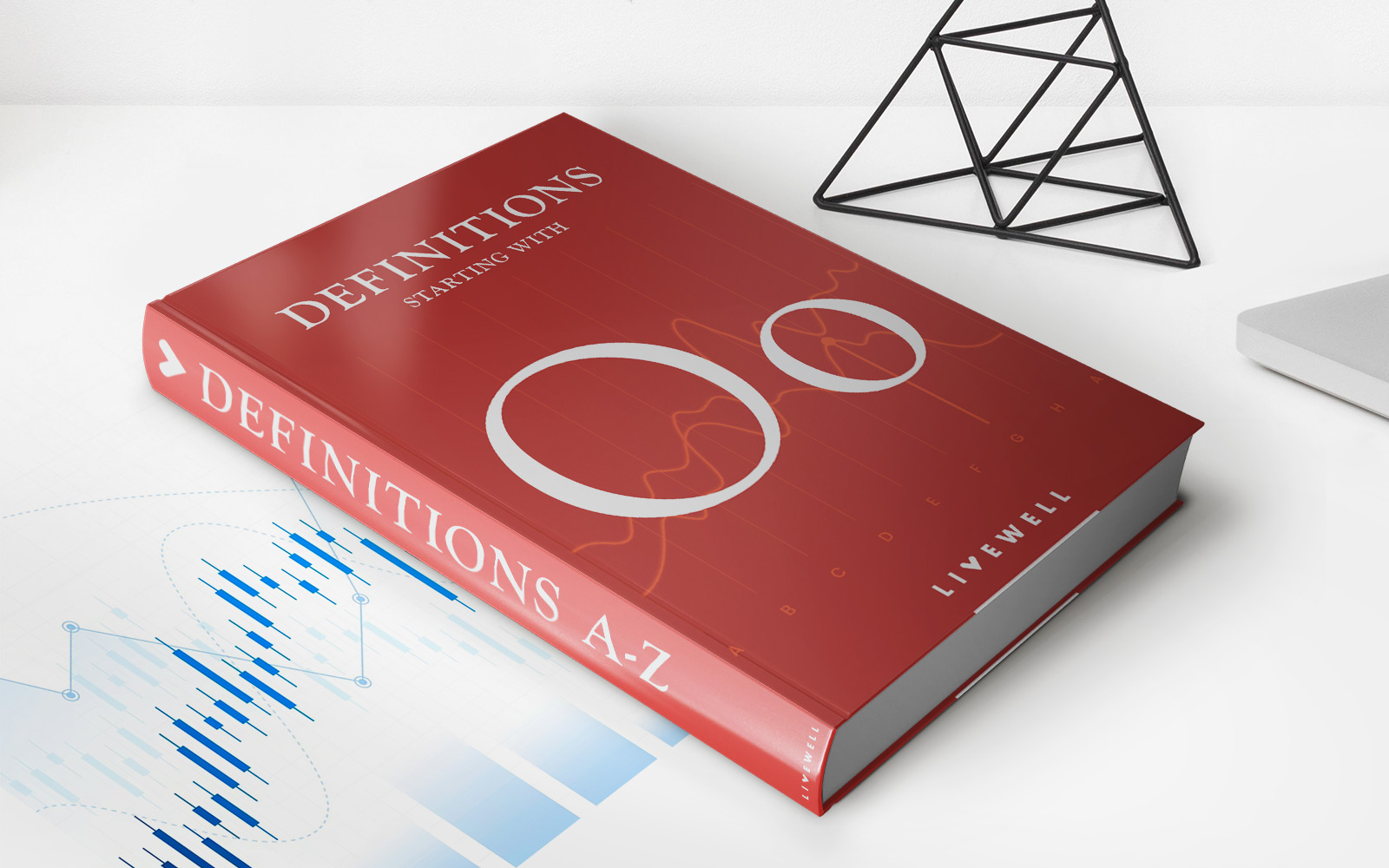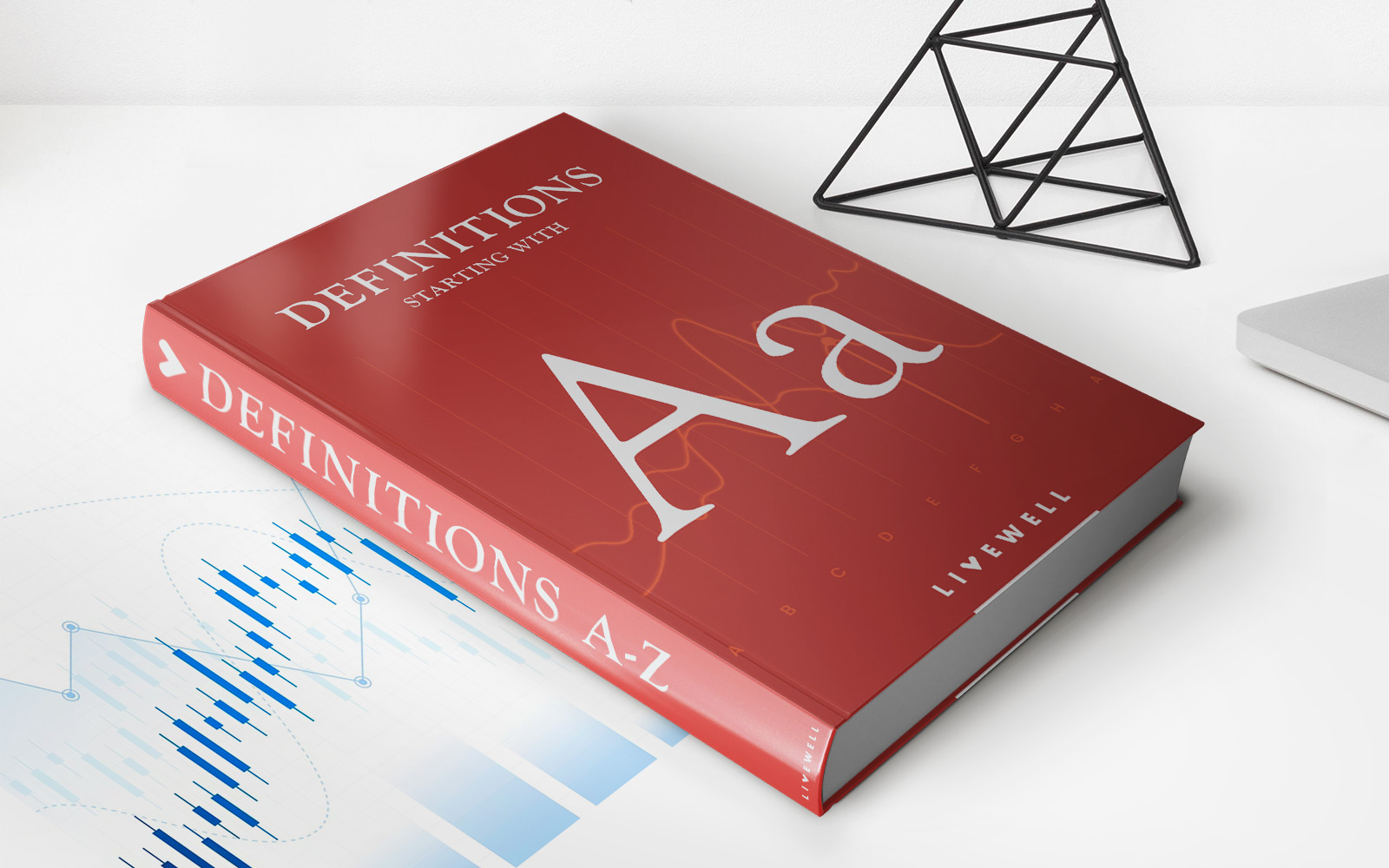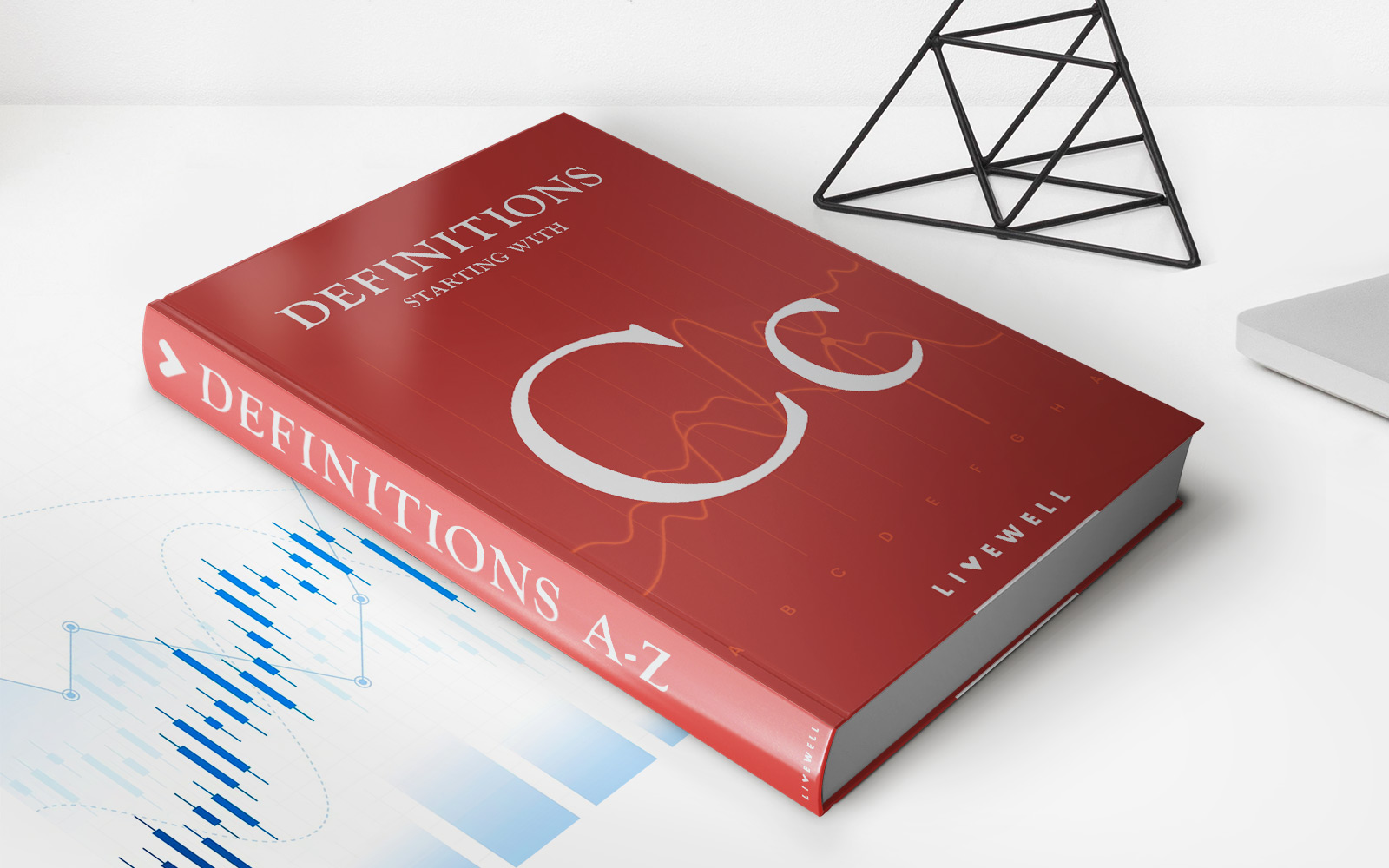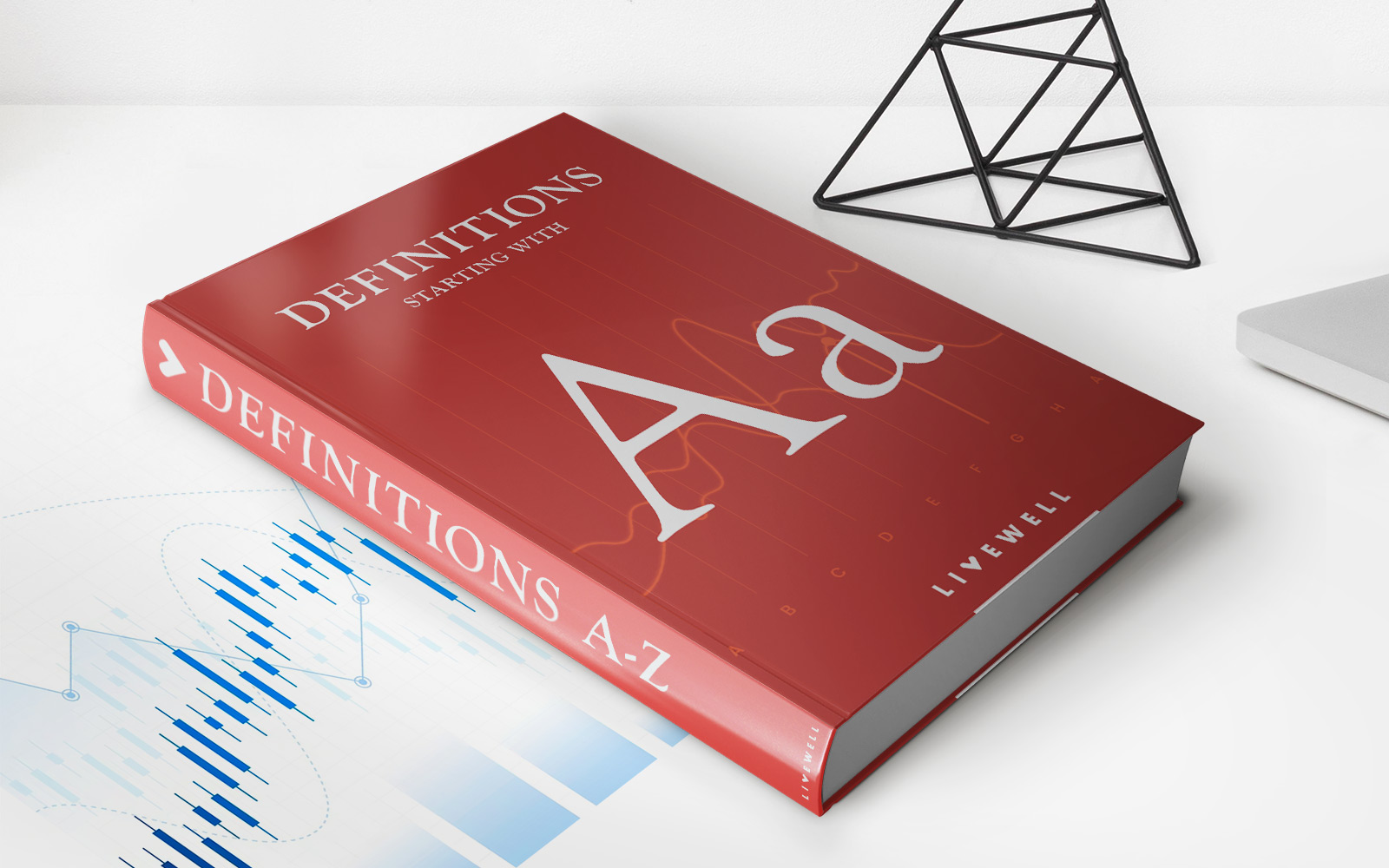Home>Finance>Execution: Definition, Types Of Orders, Examples


Finance
Execution: Definition, Types Of Orders, Examples
Published: November 20, 2023
Discover the definition and types of orders in finance execution. Learn from real-world examples in this comprehensive guide on finance execution.
(Many of the links in this article redirect to a specific reviewed product. Your purchase of these products through affiliate links helps to generate commission for LiveWell, at no extra cost. Learn more)
Execution: Definition, Types of Orders, Examples
Have you ever wondered how financial transactions take place in the stock market? This is where the concept of execution comes into play. Execution is the process of fulfilling a trade order, essentially turning your intention to buy or sell into an actual transaction. In the world of finance, it is essential to understand execution as it greatly impacts the outcome of your investments. In this blog post, we will explore the definition of execution, the different types of orders, and provide examples to help you gain a better understanding of this crucial aspect of finance.
Key Takeaways:
- Execution is the process of fulfilling a trade order, converting your intention to buy or sell into an actual transaction.
- There are different types of orders – market orders, limit orders, stop orders, and stop-limit orders – each with their own specific characteristics and uses.
Types of Orders:
When it comes to executing a trade, there are several types of orders you can use. Let’s take a closer look at each one:
1. Market Orders:
A market order is the most basic type of order, where you instruct your broker to buy or sell a security at the prevailing market price. This means that the order will be executed immediately, regardless of the price at which the trade is executed. Market orders prioritize speed of execution over price.
2. Limit Orders:
A limit order allows you to specify the maximum price at which you are willing to buy a security or the minimum price at which you are willing to sell it. This gives you more control over the price at which your order is executed, but there is a possibility that the order may not be filled if the market price does not reach your specified limit.
3. Stop Orders:
A stop order, also known as a stop-loss order, is used to limit the potential loss on an investment. It is usually placed below the current market price for selling or above the market price for buying. When the market reaches the specified price, the stop order becomes a market order and is executed at the prevailing market price.
4. Stop-Limit Orders:
A stop-limit order combines the features of a stop order and a limit order. It includes a stop price, which triggers the order, and a limit price, which determines the maximum or minimum price at which the trade can be executed. Once the stop price is reached, the order becomes a limit order and will only be executed at or better than the specified limit price. This type of order provides more control over both price and execution.
Examples:
Let’s illustrate these different types of orders with a couple of examples:
Example 1:
Suppose you own shares of a stock that you purchased for $50 each, but you are worried that the price might drop. To limit your potential loss, you can place a stop-loss order at $45. If the stock price reaches $45, the stop order is triggered, and your shares are sold at the prevailing market price, even if it is lower than $45. This protects you from further downside risk.
Example 2:
Imagine you want to buy shares of a particular company, but you believe the current market price is too high. You can place a limit order to buy the shares at a lower price, let’s say $100 per share. If the market price falls to $100 or below, your limit order will be executed, but if it remains above $100, the order will not be filled, allowing you to potentially buy the shares at a lower price.
In conclusion, understanding execution and the different types of orders is essential for navigating the stock market. Whether you prioritize speed of execution or want to have more control over price, selecting the right order type can greatly influence the outcome of your investments. By familiarizing yourself with market orders, limit orders, stop orders, and stop-limit orders, you will be better equipped to make informed decisions in the world of finance.
